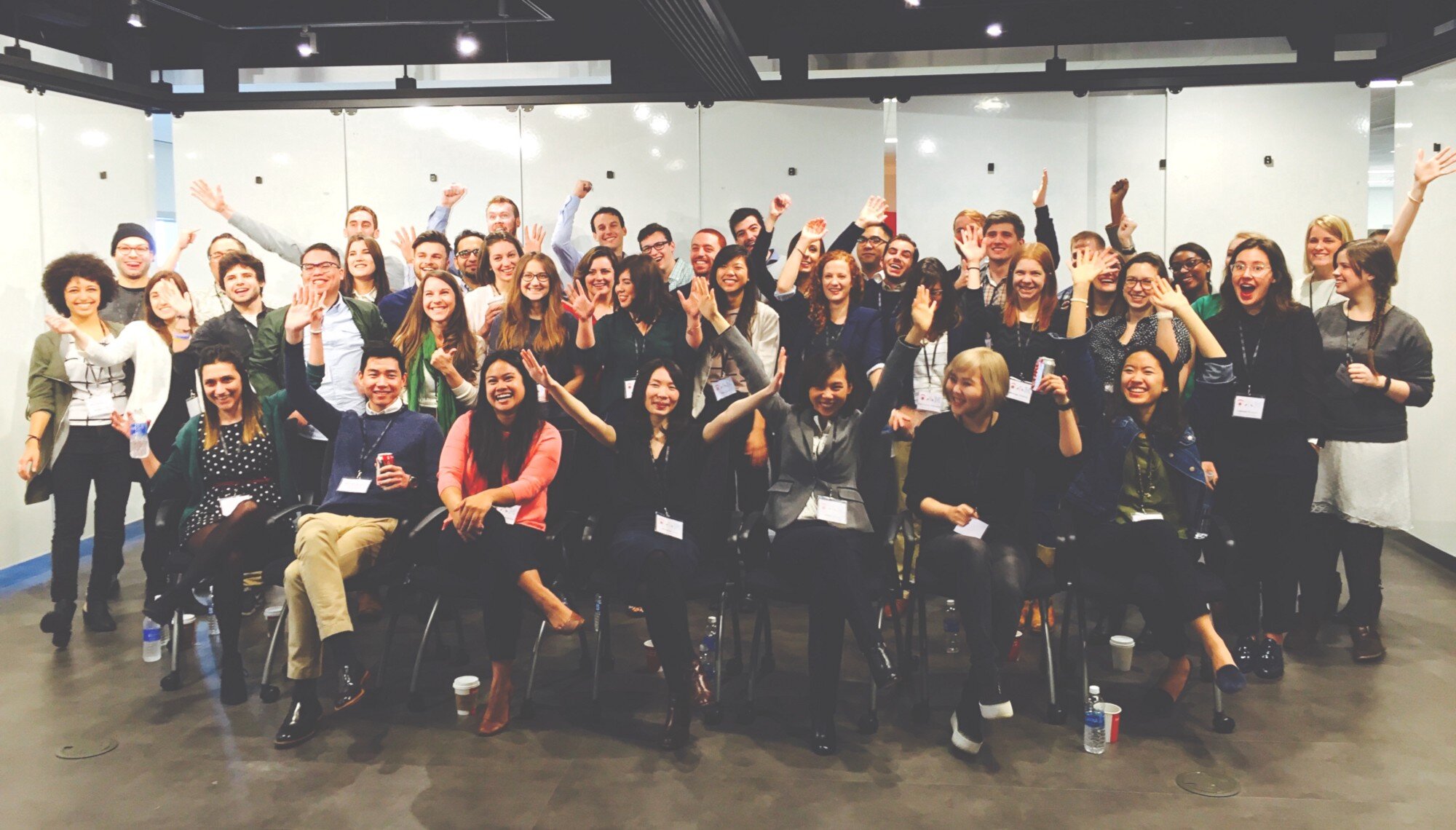
Course Design
Design Management Program - SCAD
We were tasked with designing a curriculum for a collaboration course at SCAD’s Design Management Program. Our research approach included the research of ideation activities utilizing IBM as a subject matter expert (SME) and real- world business reference source for a collaborative culture having definable, repeatable, measurable, and actionable processes across diverse business areas. As a global company, IBM as an SME informs us as to how corporations collaborate and how to teach and train SCAD students for this inevitability in real-world projects. Additionally, much like our own class, IBM employees learn to collaborate across multi- disciplines and cultures.
Focus: understanding the collaboration dynamics and successful practices of organizations, and utilize the knowledge to design a curriculum for a collaboration course at SCAD’s Design Management Program.
Services: research in collaboration with IBM, curriculum design, user testing, facilitation, prototyping, user experience.
How might we understand and develop an education process to more effectively learn about collaboration?
Research
We identified nine different stages in collaborative learning, based on three sources: IBM as a Cases Study (SME), Corporate Collaboration Culture and practices, and Collaboration Learning Theory and Techniques. For each stage we defined a number, name, activity and examples. We also identified pains and gains. Pains are behaviors that could limit the development of a project, while gains or values refer to the behaviors that need to be developed in order to successfully pass to the next stage. This graphic shows how every stage is defined in the diagram.






For primary research the team conducted observations and interviews. Observations at different sections of the collaborative learning center (CLC) courses, which are project-based classes where students from different majors come together to work with real industry partners under the leadership of two faculty members. We also interviewed IBM collaborative learning leaders, SCAD CLC faculty and a TV producer to discover the facilitators’ perspective on collaboration. For the team members’ perspective, we interviewed IBM collaborative team members and SCAD CLC student team members
Prototype
Course Description
The complexity, speed and scale demanded by global business requires design professionals to work with and across a wide range of disciplines, cultures, languages, attitudes and experiences. This course provides students with opportunities to learn how to communicate explicitly and effectively with partners who are co-located and/or at a distance. Students will work in groups to achieve coordinated resolutions through the assessment of corporate-culture case studies, development of a shared vision, self-organization and creative approaches to team dynamics. They will participate in exercises that emphasize transparency, emotional intelligence, leadership, decision-making, communication, and collaboration skills.
Course Goals
Learn the importance of determining as a group the best tools for the development of each project.
Learn to develop a project-specific common language derived from the exchange of multiple points of view throughout the collaborative endeavor.
Learn leadership and self-management skills which are essential to a collaborative environment.
Learn to listen, understand and adapt to other group members’ strengths and weaknesses.
Learn about corporate culture dynamics and how to evaluate them critically to achieve alignment.
Learn to communicate ideas effectively through different platforms throughout the process.
Learn to manage team dynamics and foster team alignment.
Learning Outcomes
Develop an understanding of relationship management and collaboration based on theory and experiential learning.
Articulate the meaning and value of collaboration through written and spoken word as well as visualizations.
Work with organizations to research and evaluate the role collaboration plays in their dynamics.
Establish a communication structure and protocol within a team that informs behaviors and expectations.
Develop methods to communicate ideas effectively through media without face-to-face contact.
Evaluate ways to reframe personal work in order to effectively convey ideas to others.
Components
Readings
We first reviewed the original reading assignments for DMGT 747 and 750 and then compared with our secondary and primary research to identify eight topics critical to the new collaboration course: Emotional Intelligence, Corporate Culture, Teams, Collaborative Learning Theory, Conflict Resolution, Leadership/Facilitation, Virtual/Distance, Tools/Environments. For each topic, we assigned required readings as well as recommended readings from a range of sources including academic articles and foundational texts to classic and contemporary business books and case studies. For each topic, two students will be assigned to lead a Reading Salon in class where they develop an immersive and/or interactive experience for their classmates to review and reinforce the content.
Activities
We looked back at the different stages we established from our research and how these were spread out during our 10 weeks. We decided to look for related activities and study how they could be integrated in our timeline. We subdivided the activities by their main purpose.
Projects
Final Syllabus
Here is the final illustrated version of the course journey. The student and faculty will be able to understand the performance and opportunity areas of this course, leaving room for faculty flexibility and creativity.



















